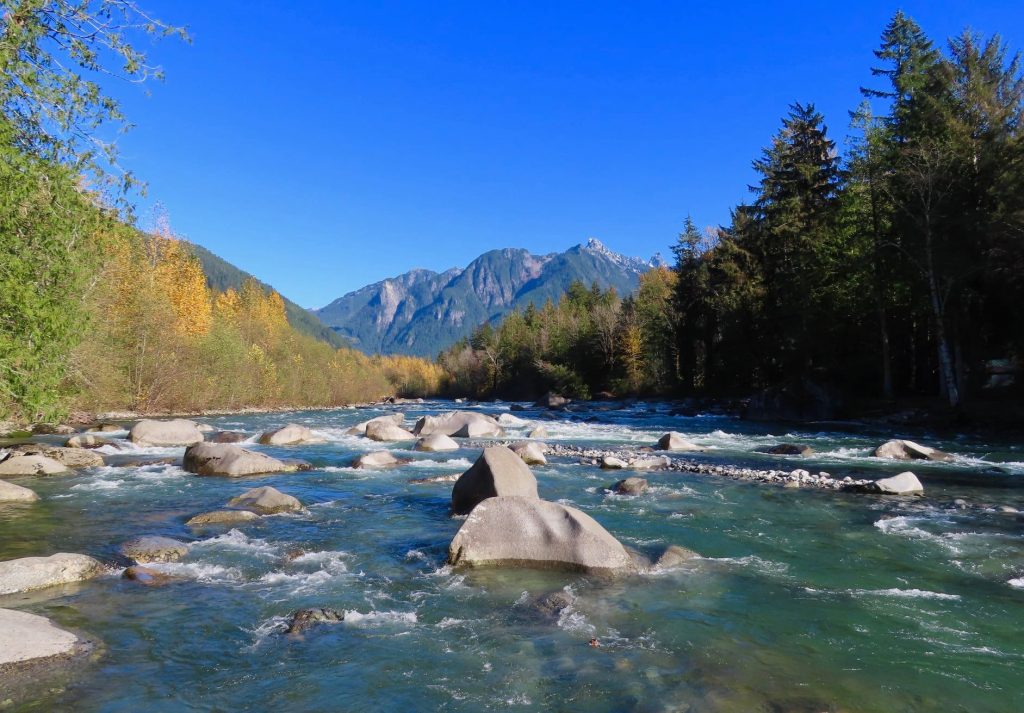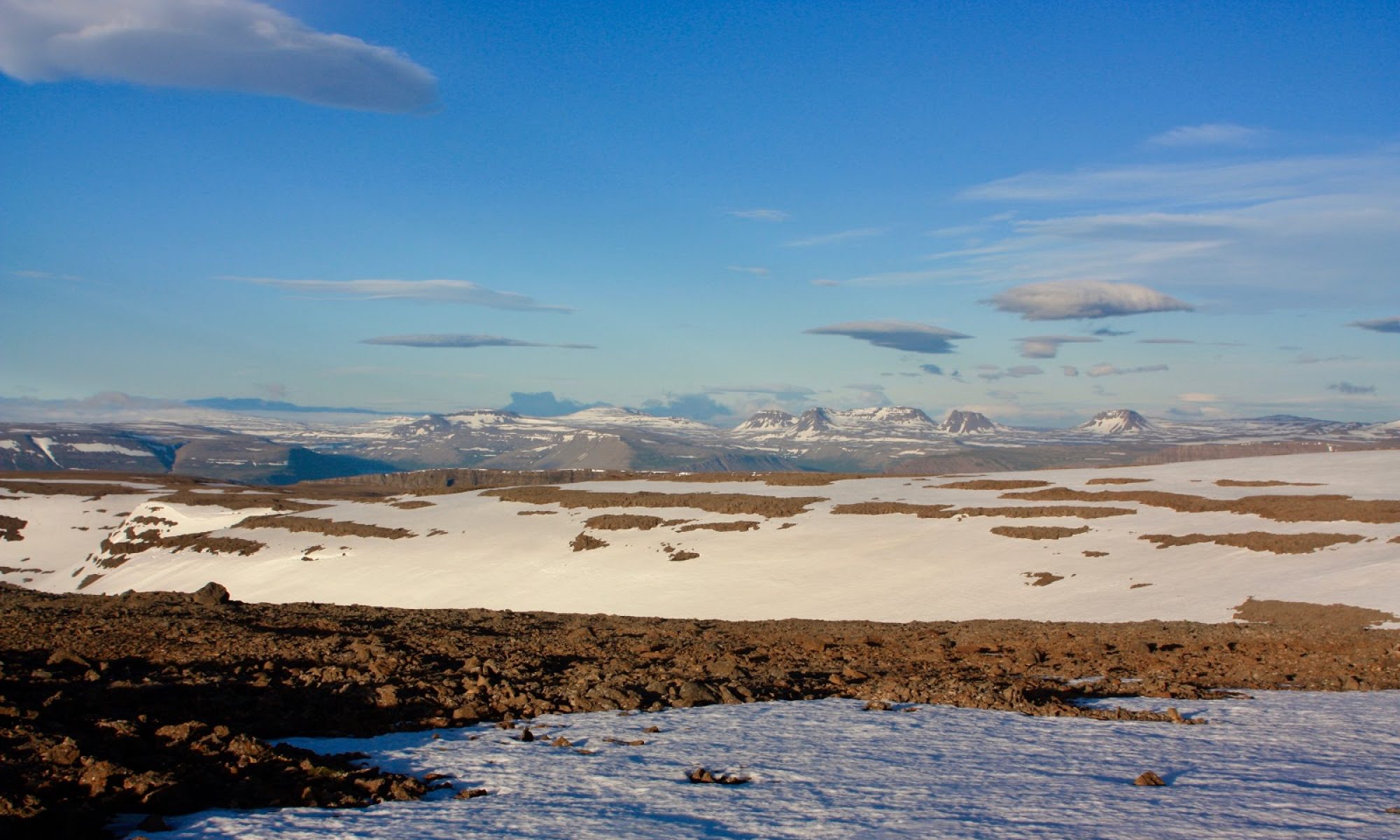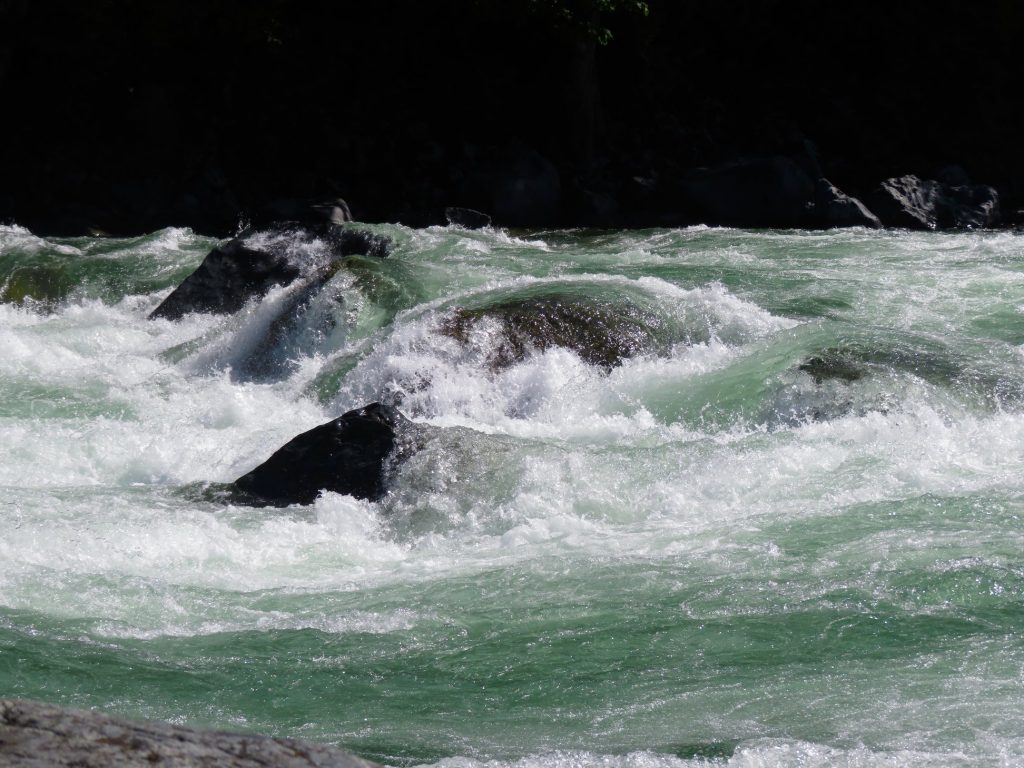
In the past few days, my friends from the desert have been messaging me. “You okay up there? You treading water?”
Seattle is in the news, thanks to an “atmospheric river” that has been aimed like a firehose at western Washington for a few days now. Atmospheric rivers are nothing new in early December, although this one is pretty damn wet, even by Pacific Northwest standards. I don’t mind. I like the rain. Rain is the soul of this place.
The river in the sky feeds the terrestrial rivers — both in the moment, and through the snowpack that will feed them come July. Rain down here in the lowlands means snow in the high country, which means that on the other side of the year, the sunny side, rivers will maintain a healthy flow for salmon, for orchards, for people, for all creatures.
Out walking my dog through a forest of towering Douglas fir and Western hemlock, I found myself singing a truly great song, The River Knows Your Name, by John Hiatt. For anyone who has ever loved a river and felt peace along its banks, this song will ring true. “In the silence, darling, let us pray… Let the river take it all away.”
Hiatt mentions particular rivers in the song: the Brazos, the Wabash, the Seine. No doubt these are significant in his life. If the song were mine, I’d sing of the rivers of my home in the Pacific Northwest: The Skagit, the Methow, the Nooksak, the Skykomish, the Stillaguamish, the Baker, Icicle Creek. Old and true friends.
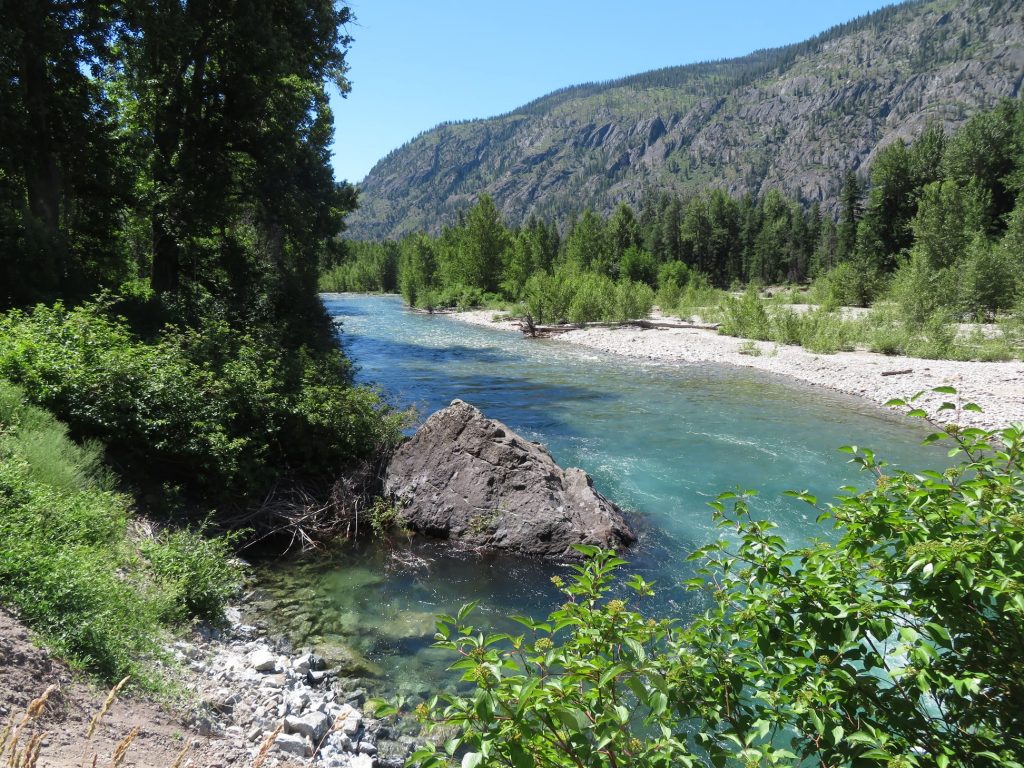
The first Washington river that knew and spoke my name isn’t even called a river, although in Arizona, where I was raised, it would be considered a river of magnitude and consequence. I first met Icicle Creek in 1994, when I had just moved to Seattle. I remember driving up the canyon feeling the kind of growing excitement that one feels upon first meeting a person who might become a beloved partner.
Located on the eastern dry side of the Cascade Range, Icicle Creek Canyon seemed a perfect blend of the alpine Cascades and the semi-arid country where I had grown up. It was a deep and steep canyon — over a mile deep, in fact — with rugged snowy peaks above. On the south-facing slope, open Ponderosa glades and granite benches made me think of the canyons of Central Idaho, where I had fought fires years ago.
A recent forest fire had denuded the north-facing slope, revealing countless outcrops and scattered boulders of perfect granite: a rock-climber’s paradise. The canyon made me think of the Pearl Jam lyric: “I will walk into your garden of stone.” I parked the car, scrambled down a steep bank, and sat for a long while by the raging creek. Yep, I thought, I could call this place home.
In the next few years, Icicle Canyon became a refuge. It was both church and playground. Being on the dry side of the mountains, “the Icicle” melted out earlier than other areas, making it an ideal location for late spring and early summer adventures.
At low flow, Icicle Creek threads its way through car-sized boulders. Gates and chutes and eddies challenge the skills of expert kayakers. At high flow, it is something else altogether. Swollen with all of the melted snow from the Stuart Range, the “creek” completely inundates the boulders, creating massive billows of frothy green water and fearsome boat-swallowing holes.
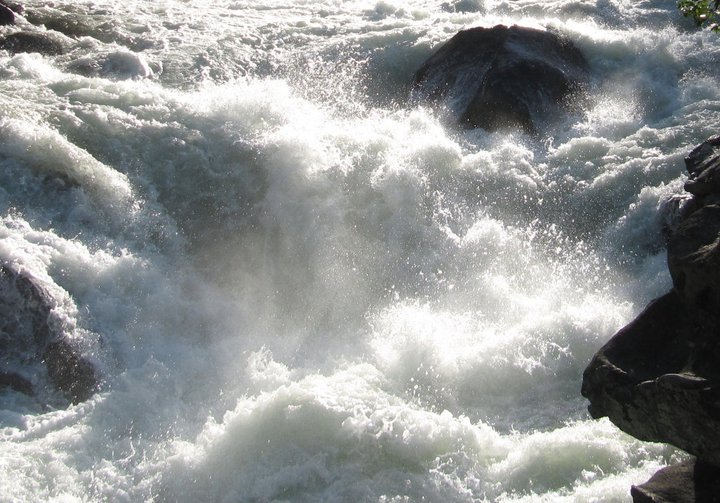
Despite the canyon’s name, on summer days it could be hot to go rock-climbing in the Icicle. Dust and rattlers. Yellow Jackets and Poison Ivy. South-facing crags like convection ovens. But always, Icicle Creek down below, a noisy silver ribbon threading the rocks. Glistening like the promise of paradise when you’ve been roasting in purgatory for a few hours.
While I went cragging with friends, I sought out the high peaks alone. My eyes and feet were drawn to the summits of the Stuart Range, especially the rugged and complex massif of Dragontail, with its knife-edged aretes and steep snow chutes. I craved long days with no speech and no people — only the sound of wind and water. And at the end of a very long day, or couple of days, Icicle Creek welcomed me down.
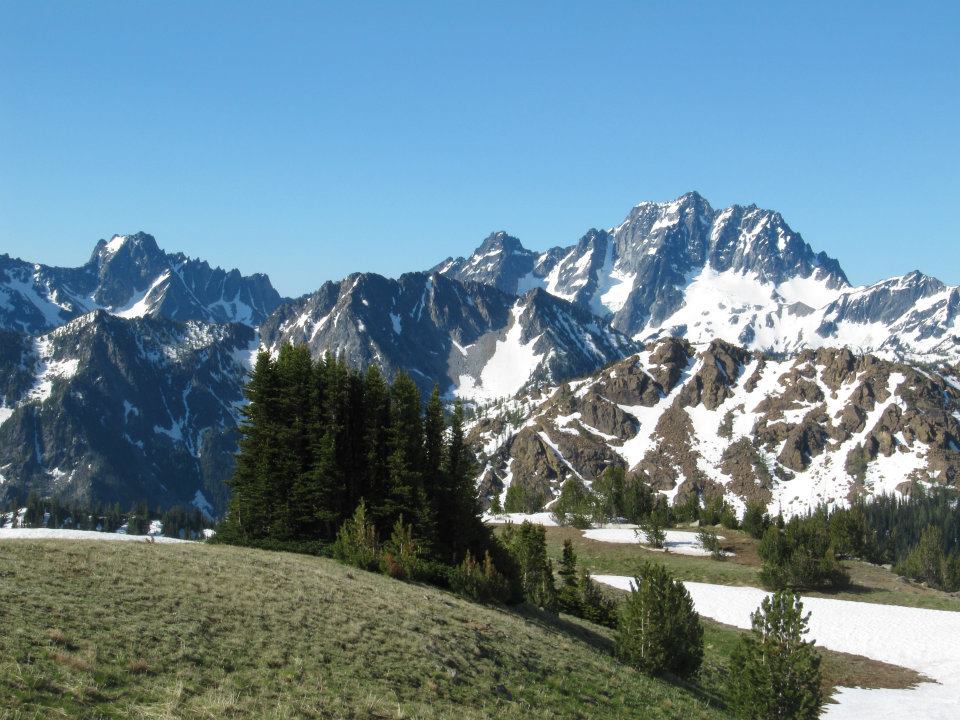
I associated the sound of that water with the joy and relief of a successful ascent. The river seemed a paradoxical embodiment of both ferocity and peace. It always seemed to me that the creek was offering a greeting. So you’ve come back. Often I would spend an hour or two at the creek, cleaning myself, dunking my head, soaking my feet in water that was not long ago part of the Colchuck glacier, and that would soon nourish an orchard of sweet apples downstream. Sometimes I would take a nap.
One such nap stands out in memory. It came at the end of a long day. I had left the trailhead at 3 AM, trudging through the forest with my headlamp. My goal was to climb and link together a series of summits: Enchantment, Dragontail, The Witches Tower, and Little Annapurna. It was a day of scrambling on loose talus, kicking steps up steep ice, and post-holing in deep snow. When I made it back down to the creek fourteen hours later, I was utterly thrashed.
There is nothing quite like the incomparable beauty of mountain water. I found an isolated little alcove with a sandbar where beams of warm late afternoon sunlight slanted through the trees, stripped down to my skivvies, and promptly fell asleep. When I woke up, I was blissfully disoriented. Wasn’t sure where I was, when it was, or maybe even who I was. I felt like a leaf floating down a river.
We each have our own rivers, the ones that speak our names. Icicle Creek is one for me. For some of my river-running friends back in my original hometown of Flagstaff, Arizona, the Colorado is a sacred river, particularly where it flows through the depths of the Grand Canyon. They are more at home on its sandy beaches than anywhere else on earth.

The Colorado is a sacred river to me, too. As a teenager, I spent some blessed days along its banks. Under a full moon, I sat on rocks in the river at Hance Rapids, Sockdolager Rapids, and Tanner Rapids.
Before I was old enough to backpack into the Grand Canyon, other more modest but also lovely desert rivers spoke my name. These were rivers that began in mystery somewhere in the Ponderosa pine forest, then carved their way through rusty sandstone on their way to the desert. Oak Creek, Sycamore Creek, West Clear Creek, Beaver Creek, and Fossil Creek. These delightful creeks along the Mogollon Rim held many surprises: perfect swimming holes, pockets of lushness, elegantly sculpted slots, deep potholes.
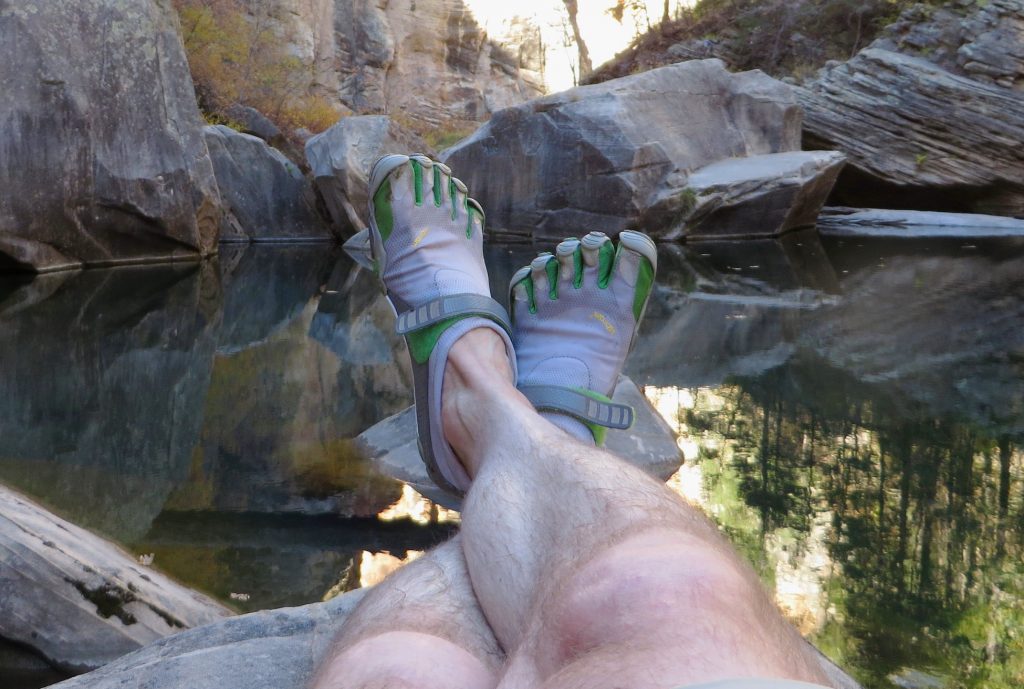
It is remarkable to me how vivid and visceral my memories of childhood remain. We are, each of us, part of a chain.
Is it possible to look forward and backward at the same time? And to still be solidly and peacefully in the present moment? My life is tethered to those who came before me and those who will come after.
As I get older, it seems that the years go by so quickly.
Time is sort of like a river. I apologize for the cliche, and this is not a new observation. But still. It is, with each instant, a different river, but you can revisit rivers from your youth. How easily I can close my eyes and be on the riverbanks of my Arizona childhood, camping at Tanner Rapids in the Grand Canyon, or jumping off a log into the welcoming water of Fossil Creek.
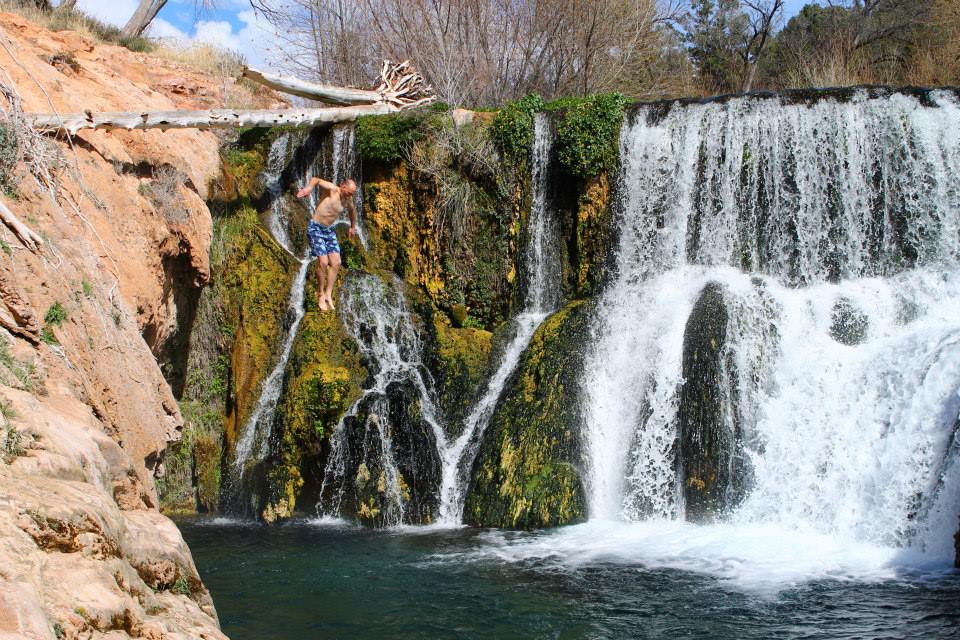
In the same way, my daughter Jordan’s memories will be of cold Cascade rivers. Jordan was my frequent rock-climbing partner, and many of her memories of being with me by flowing water will be linked to our time on the rope. For instance, she might remember a nice swimming hole on the Snoqualmie, right by the bridge, with a rope swing, where we would stop for a dip after a day of climbing at Exit 38. Or she might, like me, smile at the recollection of Icicle Creek after a day of hot and dusty bouldering.
Her son — my grandson — is just over one year old. He will be shaped by his own rivers. Which ones will speak his name?
Here is a vision of something I would like to do a decade from now, when my grandson is eleven: I would like to take him to a mellow spot by a river. It doesn’t matter which one. A place where the light is dappled by the flitting leaves of birch or sycamore, where the sunlight perceived through closed eyelids is the warmest and gentlest color imaginable.
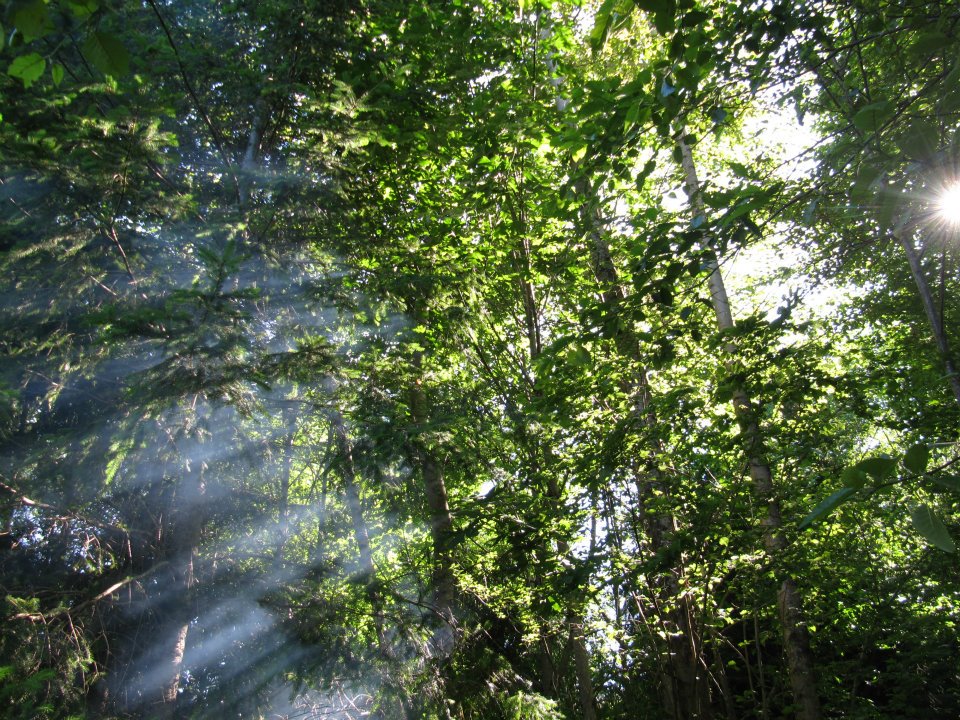
I’d like to catch crawdads in a cup. Splash in the river, skip flat stones. Notice the herring-bone pattern on a spider’s abdomen. Teach him to identify trees by the bark. Help him work up the courage to jump off a rock ledge into the water. Find ripe berries and the prettiest autumn leaves.
Then, when we get hungry, grill some burgers. Maybe they will be kelp burgers, which will perhaps not be weird for either him or me in 2033. Baked beans and watermelon. On a nice tablecloth, in honor of my mother who taught me that any picnic, even if you are eating on a log, benefits from such presentation. Dos Equis for me, sweet tea for him.
After dinner, I’d teach my grandson the guitar riffs from Back In Black and the solo from Stairway to Heaven (well, air guitar). Some music never dies. I’d teach him the backing vocals on Midnight Train to Georgia (You and me, boy, we’re The Pips.)
He might be amused at the kind of music that grandpa liked. He’d fall asleep in the car on the way home. Maybe dreams would swirl around in his head, like trout in the shadowy place beneath a cutbank.
An electric car, to go with the kelp burger.
This is what I would like to do, in 2033.
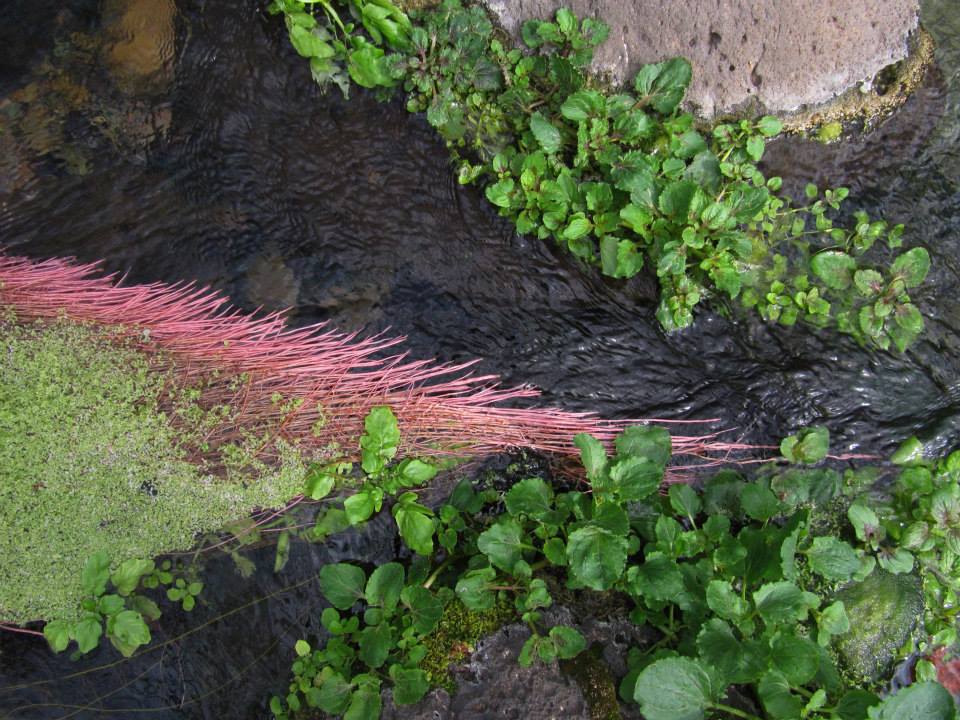
My mother is 93 years old, and her memories are less distinct with each passing day. Even so, she remembers much of her childhood. From time to time, amusing stories pop out. For instance, she remembers stealing watermelons from a neighbor’s garden, and how she and her sisters in the magical thinking of childhood assumed that if they took their shoes off, they would leave no footprints.
And how the crusty old neighbor discovered their shoes at the garden’s edge, and left a sloppy plug of chewing tobacco in every shoe. That’ll learn ya. She remembers working as a teenager in cherry orchards and in a perfume factory. She remembers eating squirrels during the Great Depression. With her twin sister Rhoda, she sang duets in churches. Once, she sang for Brenda Lee, who was in the front pew.
My mother also has memories of water. They are not like mine. She never saw a river that tumbled ass-over-teakettle out of the mountains or carved its way deep into sandstone until she journeyed out west as a young bride in 1950, moving with my father first to California, and then to the Zuni Indian Reservation, in New Mexico.
The river of her Michigan childhood, called the Grand, was part of her everyday life. It was slow-moving and placid, meandering through flat country, in no hurry to get anywhere. After heavy rains, the Grand would sometimes flood the marshy field in front of her house, and if the water in the flooded field froze over, she and her sisters would ice-skate on it, as you might expect from the children of Dutch immigrants. I can easily imagine this ice-skating girl.
There was also a nameless creek in the woods, where, on Saturday nights, the whole family (seven girls and a boy) would go to take their weekly baths. It was a time and place with no running water. A few years ago, we went ambling down an endless network of country roads in Plainfield Township, looking for that particular bathing spot in the woods. We didn’t find it. The memory was so clear in my mother’s mind, but hard to reconcile to the actual landscape.
I wonder if, in her mind, time is compressed. If it all seems not so long ago, or even if it will on her deathbed seem that everything in her life will be present all at once. As if she is a leaf on a river. Carried by water.
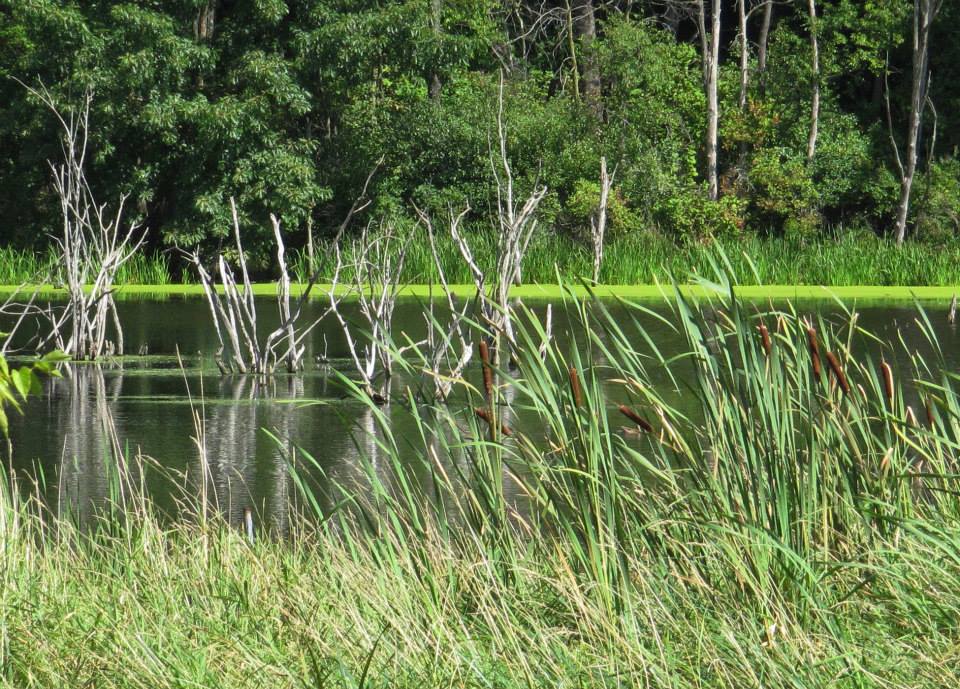
Diverse currents flow into us, merge, make us who we are. The currents move through us, and contribute to someone else’s story. Downstream.
My father also grew up in Michigan, but I have a hard time imagining him there. He was most at home in the high desert of Arizona and New Mexico, where he lived for most of his life. When I think of my father, I think of three rivers. His ashes were scattered into the waters of two of them. The third river often holds no water at all.
He was a modest man in every respect. He had an open ear and an open mind. He was gentle. He loved the earth and all of its creatures. He loved the Grand Canyon and the river at the bottom of it with all of his very large heart. In his later years, he lived along Oak Creek, spending many quiet mornings on its banks. Both of these streams carried his ashes away.
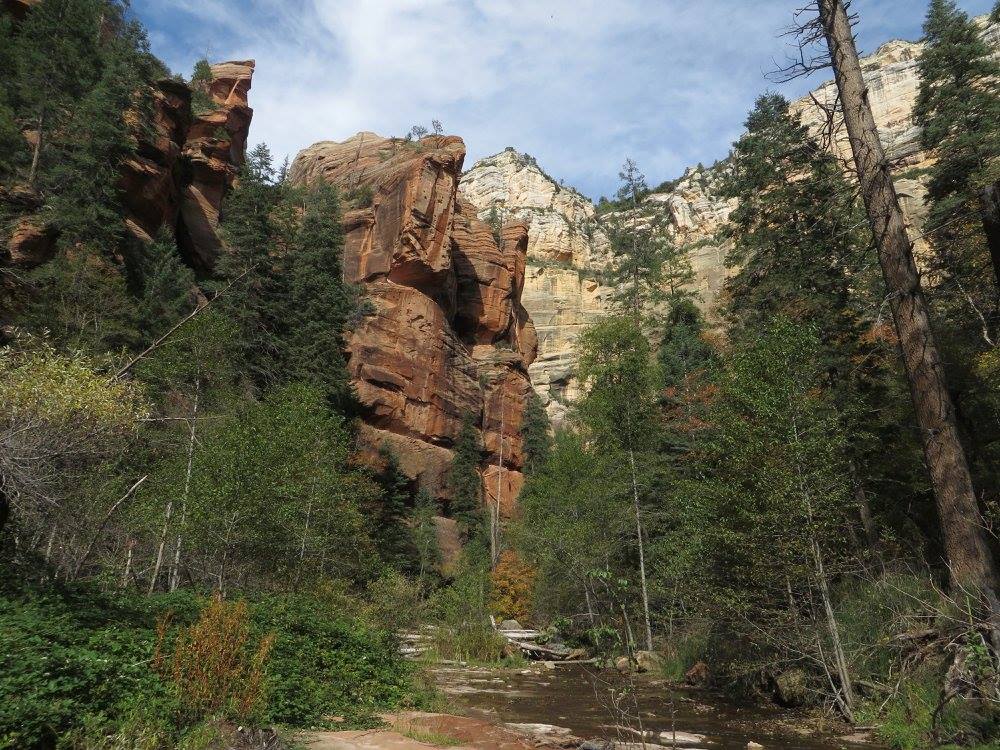
He was in some ways a paradoxical man, blending his religious upbringing with his career as a mathematician. He believed that Jesus was raised from the dead, but was doubtful that Jonah was swallowed by a whale. He believed in an orderly and logical universe and he wanted to understand things. When the Apollo astronauts came out to Flagstaff to train on the lava flows, he worked on a team attempting to predict what the surface of the moon might be like, and how vehicles could navigate it.
As my father lost himself to Alzheimer’s, he didn’t remember much. He could no longer clearly tell me about the work he did for USGS with the space program. He forgot who my mother was.
Near the end, when things had become very confusing, my father leaned heavily on music. At bedtime, he listened to hymns sung by the country singer Jim Reeves. Take My Hand, Precious Lord was a favorite. “Through the storm, through the night, Lead me on to the light, Take my hand, precious Lord, Lead me home.”
On the final road trip of his life, we rode together in a moving van across New Mexico. He insisted on it, even though I was sick with the Swine Flu, and I gave it to him, and it hit his old body very hard. As we drove, he remembered all he could about living in Zuni in the 1950s. Names of kids. The choir, the track team, the basketball team.
Not long after that trip, the riverbed of his memory went dry, but I can’t help but think that in his body was residual memory. In the body itself, not just in the brain’s neural connections.
The Zuni River is a most-often dry wash that runs right through the old pueblo of Zuni, where my father spent some of the happiest years of his life. It leads eventually to the also usually dry river bed of the Little Colorado, winding its dusty orange way through the desert until it meets the big Colorado in the heart of the Grand Canyon.
Maybe a dry arroyo holds the memory of the water that once filled it.
Maybe the Zuni River remembered my father’s name.
In the year 2040, my daughters Jordan and Monty will be 50 and 41, respectively. My grandson will be 18.
I’d like to spend time with him by the river. Any river. It might be a river that means the world to me, or it might be a river that will come to mean the world to him, and that he, in due time, will want to share with his children.
In the year 2060, Monty will be 61 — the same age that I am right now. My grandson who was 18 in 2040 will be only 38 in 2060. I say only. This is not very old; this grandchild of mine might have children of his own by then.
It is strange to think of it, but in the year 2083, my grandson will be the age I am as I write this. Maybe he’ll be noticing, also, how time goes by so quickly. By the year 2100, if he’s still living, he will be 78. Not really all that old. I think of my grandparents. It is amazing to be interwoven with someone who lived in 1900, and someone else who may be alive in 2100.
The lives of those we love stretch into the future. How fleeting the time, and how present we will still be in the memories of those who follow — even if we have passed away by then.
I don’t know if I’ll ever go to Michigan again, but if I do, I’d like to find that creek in the woods.
I can go to the sycamore tree by the creek where my father’s ashes are scattered, and still feel him there.
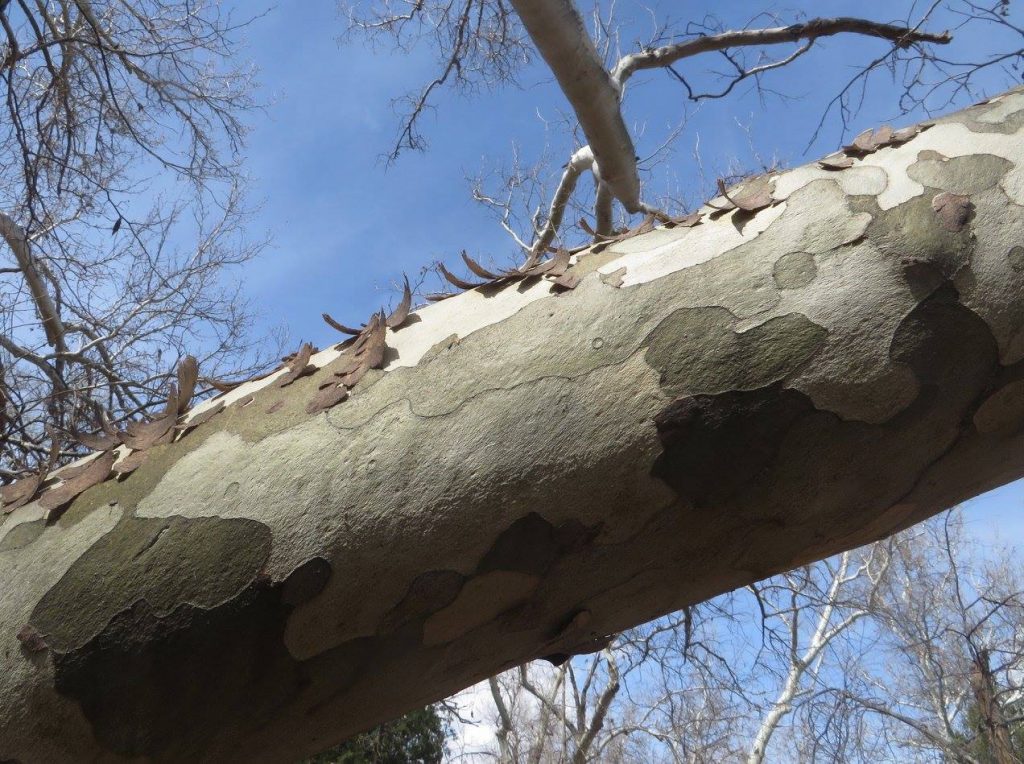
The town of Lytton, British Columbia, sits at the confluence of two of North America’s great rivers, the Fraser and the Thompson. Among rivers, they are jewels, on par with the Colorado, the Columbia, the Stikine, and the Yukon. They are the arteries of Western Canada. Although it doesn’t carry the number of fish it used to, the Fraser historically is one of the great salmon rivers of the world.
Both are large and forceful, especially in spring when swollen with snowmelt. Both cut through deep, dramatic canyons and offer powerful, exciting rapids. Both are borne of glaciers in the Canadian Rockies.

When Jordan was a teenager, she and I took a guided raft trip down the Thompson. I remember the rugged bluffs, the noble ponderosas, the roller-coaster ride through huge standing waves. Massive pillows of water. But mostly I remember this:
On a calm stretch, as we drifted past some streaked, rusty hills, we looked up at some mine shafts, black holes bored into the slope. Cinnabar, I presumed. “What are those?” asked a woman on the raft. “Paprika mines,” answered the guide. The woman looked up at the hill in wonder and appreciation. “Ooohh,” she said slowly. “So that’s where it comes from!” The guide didn’t even crack a smile.
About 100 miles due south of Lytton, as the crow flies, is the Baker River. It is just shy of the Canada/US border, smack-dab in the pocket of the world that feels most like home to me. Like Icicle Creek, it is one of my favorite rivers.
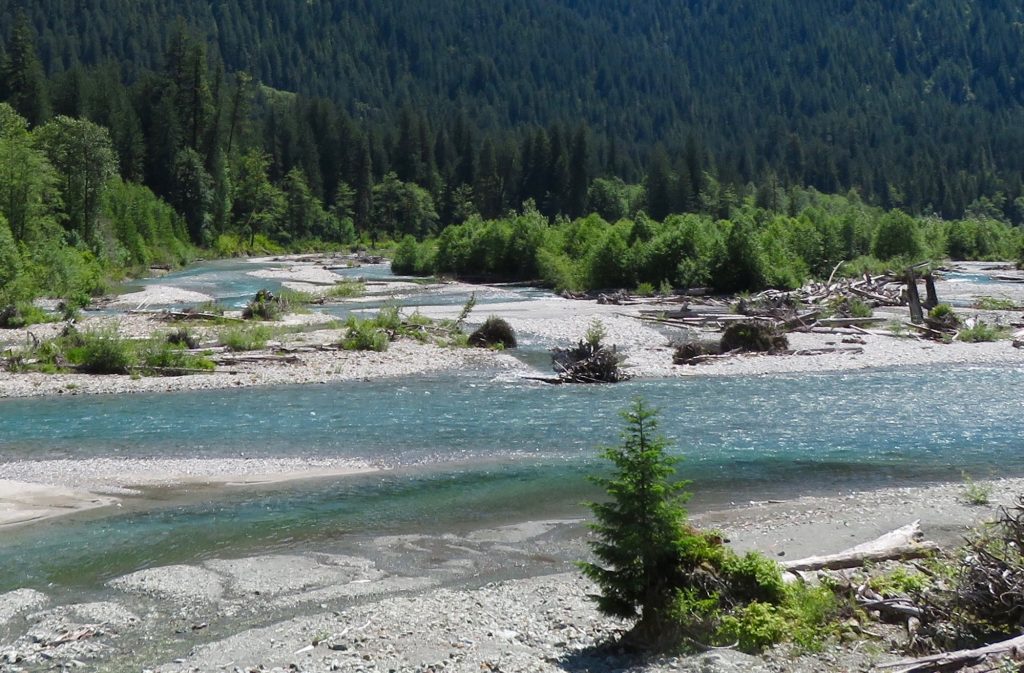
The Baker is small, unlike the Fraser and the Thompson. It has a small watershed. But what it lacks in size, it makes up for in sheer loveliness and richness of life. In its lower half, the Baker is impounded by dams. But in its upper half, the Baker runs wild and free through some of the most rugged alpine terrain in North America. Its upper watershed is roadless and trail-less. Pristine. Wet, steep, and green.
The river moves through enormous old-growth trees, Western Red Cedar, Western Hemlock, and many other species, both deciduous and conifers. There are woodland flowers such as red columbine, bunchberry, and false Solomon’s seal. Red huckleberries and purple ones, thimbleberries, salmonberries. In the cool forest, lichens and mushrooms and mosses do their all-important work. Everything is layered, intricate, interwoven. Somewhere under the mat of life there is ground, but it’s hard to find it.
The Baker is birthed under the aptly-named Picket Range, a row of serrated peaks in the hard-to-reach heart of the North Cascades. The peaks that surround the upper Baker watershed have names like Mount Despair and Mount Fury. Snowpack tends to be deeper and last longer here than anywhere else in the lower 48 states. More than a dozen glaciers feed the stream.
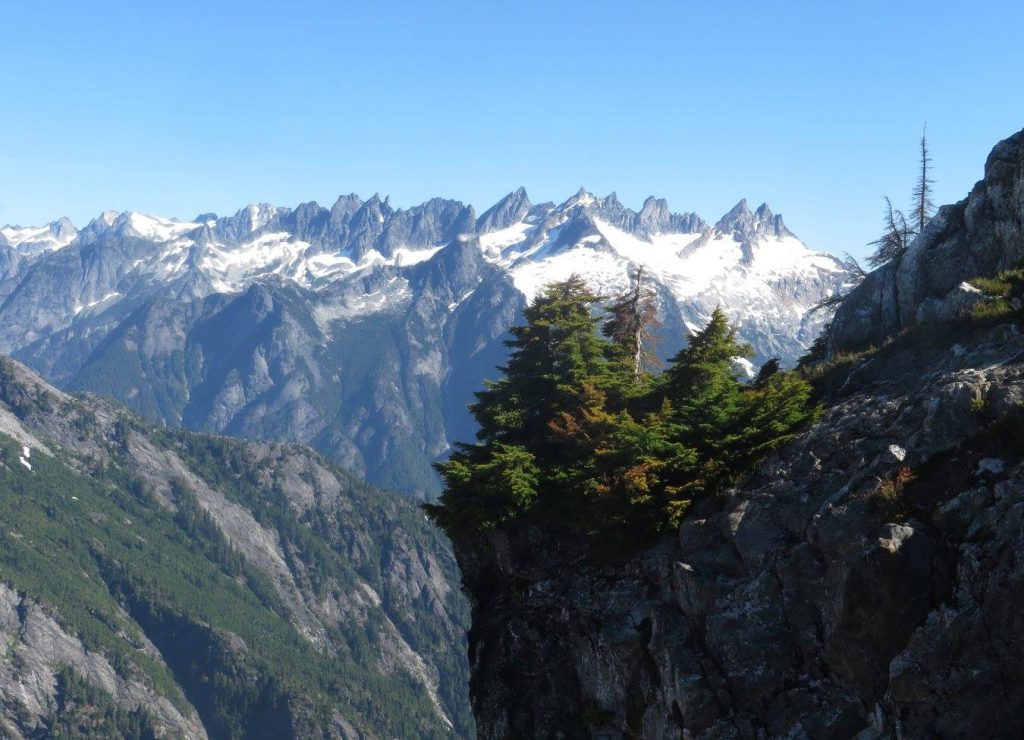
By late summer, in a dry year, glaciers might account for as much as half of the river’s flow. The beautiful blue-green tinge of the water is due to suspended silt from the glaciers that feed it. Such silt, called glacial flour, is so fine that the water appears crystal-clear up close, but imparts a slight milkiness when seen from greater distance.
The Baker supports runs of all five kinds of Pacific salmon: Chinook, Sockeye, Coho, Chum, and Pink. Also Steelhead. This is a point of distinction for such a small river. A river fed by glaciers is advantageous for salmon. It has a more even flow and a reliably colder temperature than a river fed primarily by snow and rain.
That color. Glacial water flowing over stones. Clear with a hint of teal, deepening where there are pools.
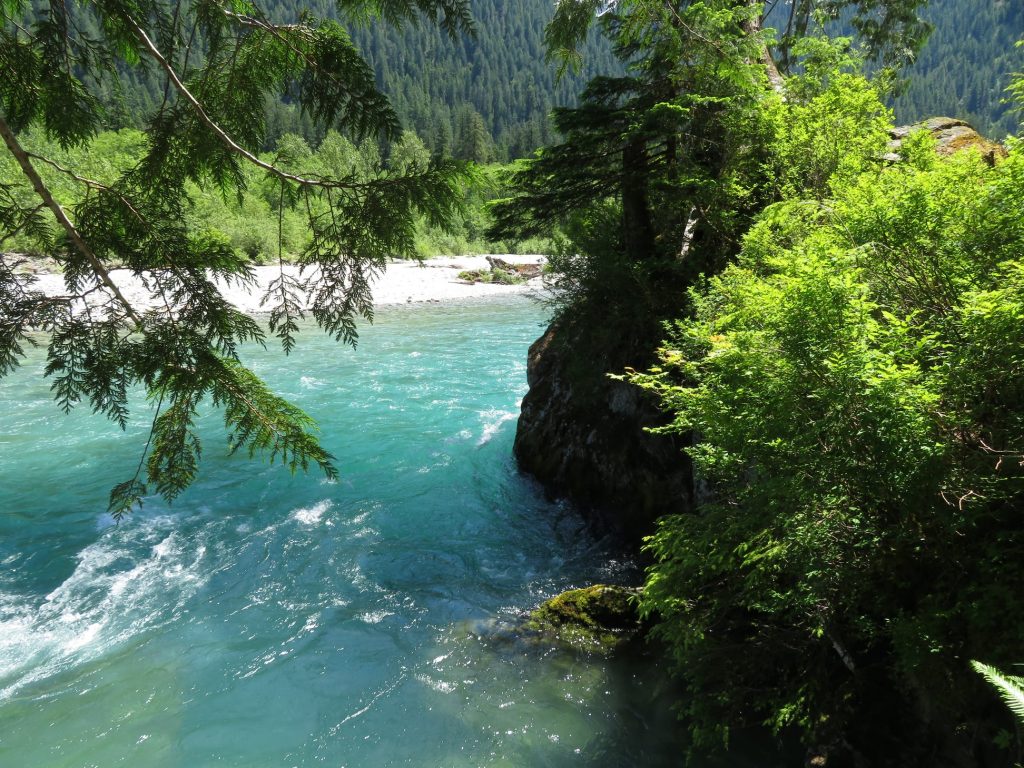
A couple of years ago, I hiked up the Baker River with Monty. They seemed like part of the forest to me, belonging there as much as the berries and mushrooms and towering Western Hemlock. Belonging there as much as the nurse logs.
A nurse log is a fallen tree that decomposes into the ground, in the process providing a nutrient-rich place for saplings to grow. A nurse log holds, pound for pound, more life than any place in the forest. A nurse log is how one generation of trees passes along its life force to the next, how it nurtures the young, even in death.
I would like to do this hike with Monty every year, or as often as we possibly can, for as long as my legs work. In 2040, if I’m still around, I’ll be 78. Monty will be 41.
It is expected that in in 2040, unless our path changes in a significant way, all summer sea ice in the Arctic Ocean will be a thing of the past. Oceans will be increasingly acidic and increasingly bereft of life. All across the globe, mountain glaciers will vanish.
The most important word in the previous paragraph is the word unless.
It may seem that I’ve made, with no transition, an abrupt shift from personal stories to the “political” issue of climate change. My view is that I didn’t change the subject.
Because this is precisely how I understand the subject: My daughters will be 50 and 41 in 2040. My grandson will be 18. He will be the age I am now in 2083.
The year 2023 has been, world-wide, the hottest on record. This is true of both land and sea temperatures.
But the summer I want to talk about was in 2021. That was one that Northwesterners will not forget. It reached 118 in parts of Washington, and it might have been close to that at the bottom of the canyon where Icicle Creek tumbles through the pines beneath snow-capped peaks.
It was even worse to the north. On June 29, the temperature reached 121.3 Fahrenheit in Lytton, where the Thompson meets the Fraser. The day after this modest town at the confluence of two majestic rivers set this unenviable Canadian record, it burned to the ground.
Lytton is (was) on the east side of the mountains, so it can get hot. Hotter than Seattle or Vancouver, anyway. It was often the hot spot in British Columbia. But historically, hot has meant 95 and, more rarely, 100 or 105. More akin to Missoula, Montana, than to Phoenix or Bagdad. Lytton’s average high in July is a mere 82. That means that on June 29, 2021, Lytton was 40 degrees hotter than their average high for July.
In forested places, especially in arid regions, temperature should never be considered by itself. It should always be coupled with soil moisture. Think about soil moisture as a critical measure of the land’s health. Its ability to sustain plant life, fungal life, insect life, and microbial soil life. Human life.
The scenery and topography surrounding what once was Lytton is stellar. Snowcapped mountains rise nine thousand feet above the Fraser. It’s a bit like Icicle Creek, or a bit like western Montana on steroids. It is hard to over-praise this country. The slopes are draped in ponderosa pine at the bottom of the canyon, transitioning with elevation to spruce and fir and eventually alpine tundra and glaciers.

A temperature 40 degrees above the average July high. Imagine that, wherever you live. In Phoenix, that would be a temperature of 146. In Denver, 132. In Dallas, 136. In Las Vegas, 147. In Washington DC, 129. And in the mountain town of Flagstaff, Arizona, where I grew up, 122.
A “freak” heatwave. Words like “unprecedented” and “historic” were used to describe it. Before it happened, I think many would have considered it inconceivable. But will it be unusual in 2040? Temperatures 40 or even 50 degrees above normal have been occurring with some frequency in the Arctic for several years now.
Climate change is not in the far distance. It is bearing down on us now. It will get persistently worse in the next few decades. What we could lose is incalculable, and cannot be reduced to dollars. I think, for most of us, it is inconceivable. But we had better conceive of it.
The years go by quickly.
There is no clear line separating the personal from the political. My love of a river is personal. Icicle Creek. The Baker. The Thompson. The Colorado. And of course nothing in my life is more personal and more important than my children and their future.
2040 is not that far away. The path we are on is not in doubt — at least not to anyone who has their eyes open. It’s not my intent, in this note, to go into too much detail about the global consequences of this change. I’ve done that elsewhere, and I’ll do it again.
I will say this. The Baker River will be different in 20 years. Unless we change the path we are on, it won’t support five species of salmon. Will it support even one? I don’t know. The Thompson will be different too, although the paprika mines will still probably be there.
The year 2040 does not seem imminent, but it will come upon us before we know it. The current is moving quickly. Twenty years ago seems like yesterday to me. Heck, I played some Fleetwood Mac on Spotify, and 40 years ago seemed like yesterday.
Maybe 2100 seems like really a long ways off, but people you love will inhabit that year. Unless our path changes, they will inherit a world damaged beyond what we are willing to think about.
Unless. Unless is the key word.
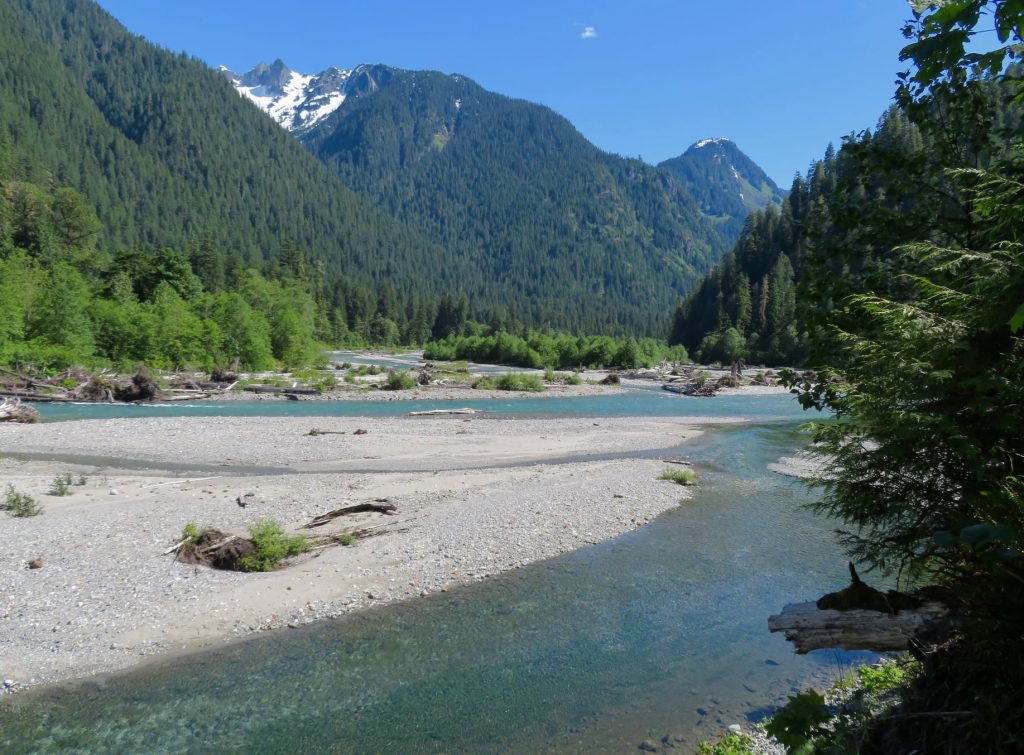
What that future will be like is determined not just by me or you, but by the whole society. It is not at all clear that Americans — or humans generally, for that matter — truly grasp the nature and the scope of this challenge. If we did fully grasp it, what would we do differently?
I don’t know. Eschew cheeseburgers? Travel by horse? Change lightbulbs? There is no single action. No single answer. Many things can be done; taken alone, none of them are adequate, or even very measurable.
If creativity and money and political influence are necessary to lead us toward solutions, then I wonder how the people who have the creativity and money and influence can be moved—by love—to apply it. Where is the fulcrum?
It may be that the most impactful thing we can do is to refuse to extend power to leaders who are neither generous nor careful. It is an unfortunate truth that some people really don’t give a shit about the future — even though their own children may inhabit it.
We need to not allow such people to advance beyond high school student council in their political aspirations.
Beyond that, it is not my intention (at least in this note) to tell people exactly what I think they should do about climate change. We will all decide for ourselves. Feeling guilty and distraught and filled with dread doesn’t help. (Trust me on that one.)
The future is not set in stone. Consequence is always downstream from choice. Think of a river. We are not only riding the current; we are the current.
Maybe my main point is this: Action is rooted in love.
We are connected to those who came before us — and to those who come after. I would like to walk with Monty up the Baker River in 2040, and see salmon in the pools. I’d like to take my grandson to a river.
I don’t know if my father’s spirit is somewhere in the universe, sentient still. If so, it would make him smile if he could see me catching crawdads with my grandson.
That is what I would like to be doing in 2040.
